
A staggering 99% of U.S. households own at least one television and the average household owns at least two, making televisions one of the most widely distributed electronics in the country. Eventually, televisions reach the end of their lifecycle or people want to upgrade to a higher resolution TV with a bigger screen and the latest features. Because certain TV components contain toxic chemicals and a large number of TVs are disposed of each year, there’s a growing concern over e-waste and TV recycling is more important than ever.
CRTs are an environmental hazard
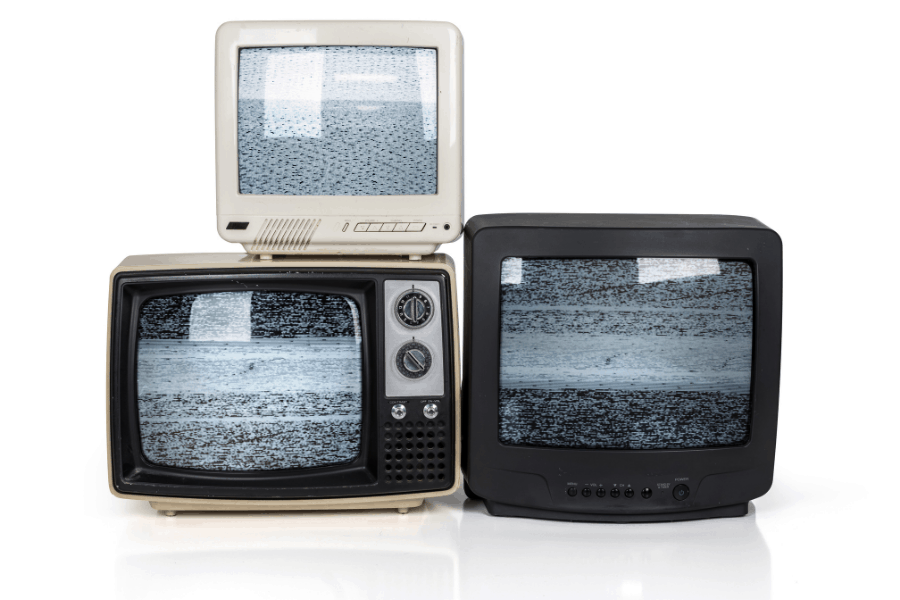 According to the Minnesota Pollution Control Agency, CRTs are considered one of the largest sources of lead in Minnesota’s municipal waste, containing 5-8 lbs of lead per unit. Yikes!
According to the Minnesota Pollution Control Agency, CRTs are considered one of the largest sources of lead in Minnesota’s municipal waste, containing 5-8 lbs of lead per unit. Yikes!
These vacuum tubes produce images when electron beams strike their phosphorescent surface, creating images we see on older computer monitors and TV screens.
Invented in 1897 by Scottish inventor John Logie Baird, cathode ray tubes or CRTs were widely used in the production of tube televisions from the early 1950s until the early 2000s. In 2003, CRTs accounted for 85% of television sales but that quickly changed with the introduction of LCDs.
However, the environmental hazard still exists:
- Some people hold onto old equipment if it still works. They store their old CRT TVs in their office storage rooms, garages and basements even if they don’t have plans to use them in the future.
- Old TVs can be bulky and heavy. They’re not easy to haul and people don’t always know how to dispose of them properly so they let them sit.
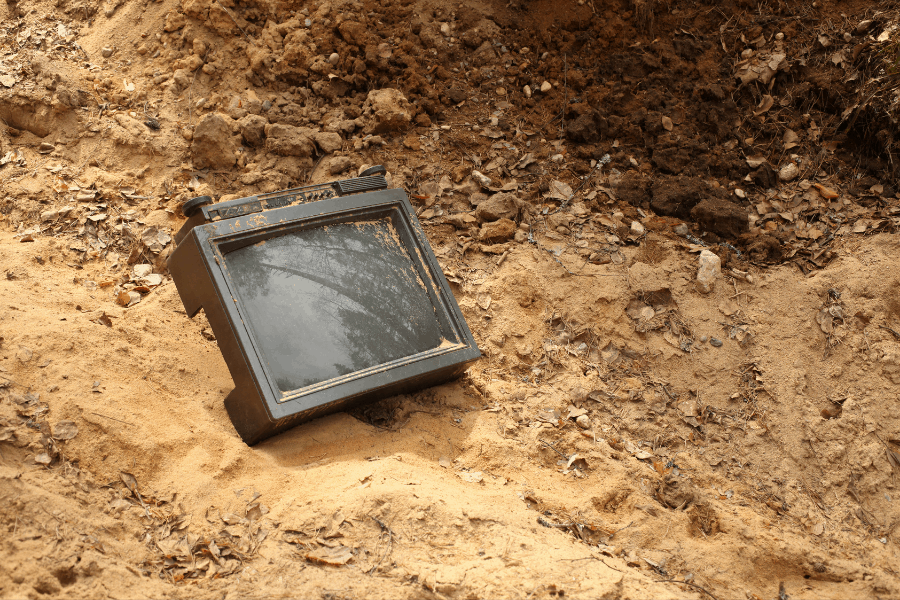 These stored TVs finally get dragged out when people move their businesses or when children inherit their parents’ estates. By some estimates, there are 660 million pounds of CRT glass waste stored in offices and homes across the country that have yet to be disposed of.
These stored TVs finally get dragged out when people move their businesses or when children inherit their parents’ estates. By some estimates, there are 660 million pounds of CRT glass waste stored in offices and homes across the country that have yet to be disposed of.
Sadly, some of these TVs will be illegally dumped on roadsides or in landfills.
Flat-panel TVs contain toxic chemicals too
Today’s flat-panel TVs are no better for the environment. In fact, they have as much if not more toxic chemicals in them, including mercury and lead. Add this to the fact that rapidly changing technology means that TVs have a much shorter lifespan and people are frequently upgrading to the latest technology.
These scenarios increase the amount of electronics waste we generate in Minnesota and throughout the U.S.
What is Minnesota doing to encourage TV recycling and reduce our carbon footprint?
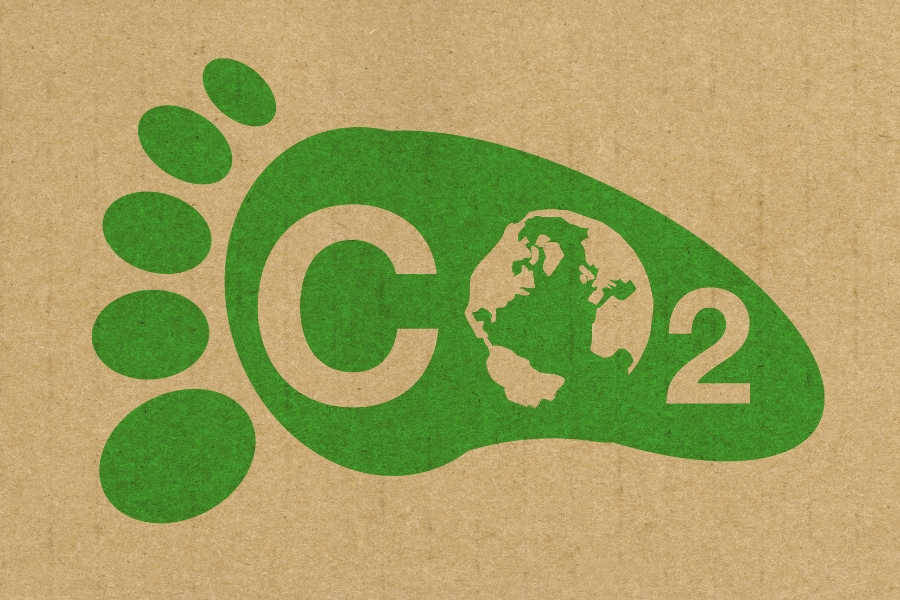 Minnesota is a national leader in electronics recycling. But there’s important work to be done and we can’t rest on our laurels.
Minnesota is a national leader in electronics recycling. But there’s important work to be done and we can’t rest on our laurels.
In July 2006, Minnesota issued a disposal ban on devices that contain CRTs including computer monitors and television sets.
July 2007, Minnesota issued the Electronics Recycling Act which tightened the law on video display device manufacturers. This act created more accountability for the responsible handling of CRT-containing devices. Minnesota’s Electronics Recycling Act coincided with the nationwide 2006 law by the EPA that encouraged more recycling and reusing of CRTs.
As a 2014 amendment to the 2006 EPA law, companies exporting lead-contaminated glass for recycling are required to face tighter regulations.
Recycle your TV with Tech Dump!
When it comes to TV recycling, Tech Dump gives you peace of mind that you’re making an environmentally responsible choice and keeping hazardous materials out of landfills.
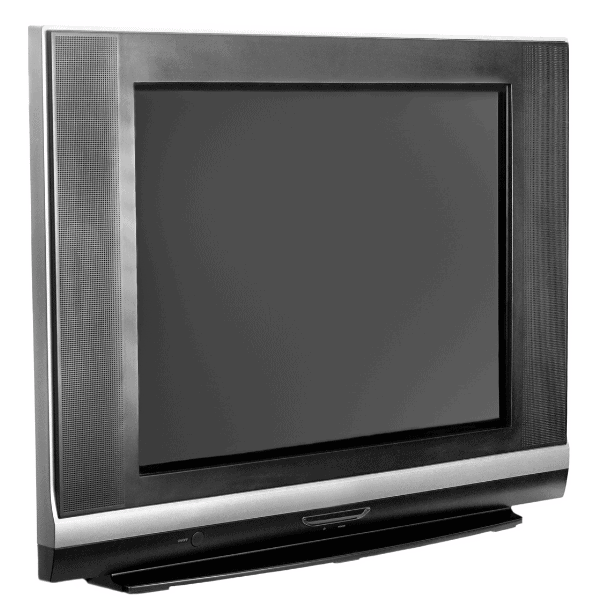 We recycle:
We recycle:
- Flat Panel Monitors
- Flat Panel TVs (Plasma, LCD , & LED)
- CRT TVs or Monitors
- Rear Projection or DLP TVs
- Console TVs
For a fee, we can also pick up your old, heavy TVs and computer monitors and haul them away so you don’t have to lift a finger.
If you’d like to learn more about our services, give us a call at (763) 432-3117.
Recent News & Articles

Spotify Car Thing: What To Do Once The Device Stops Working
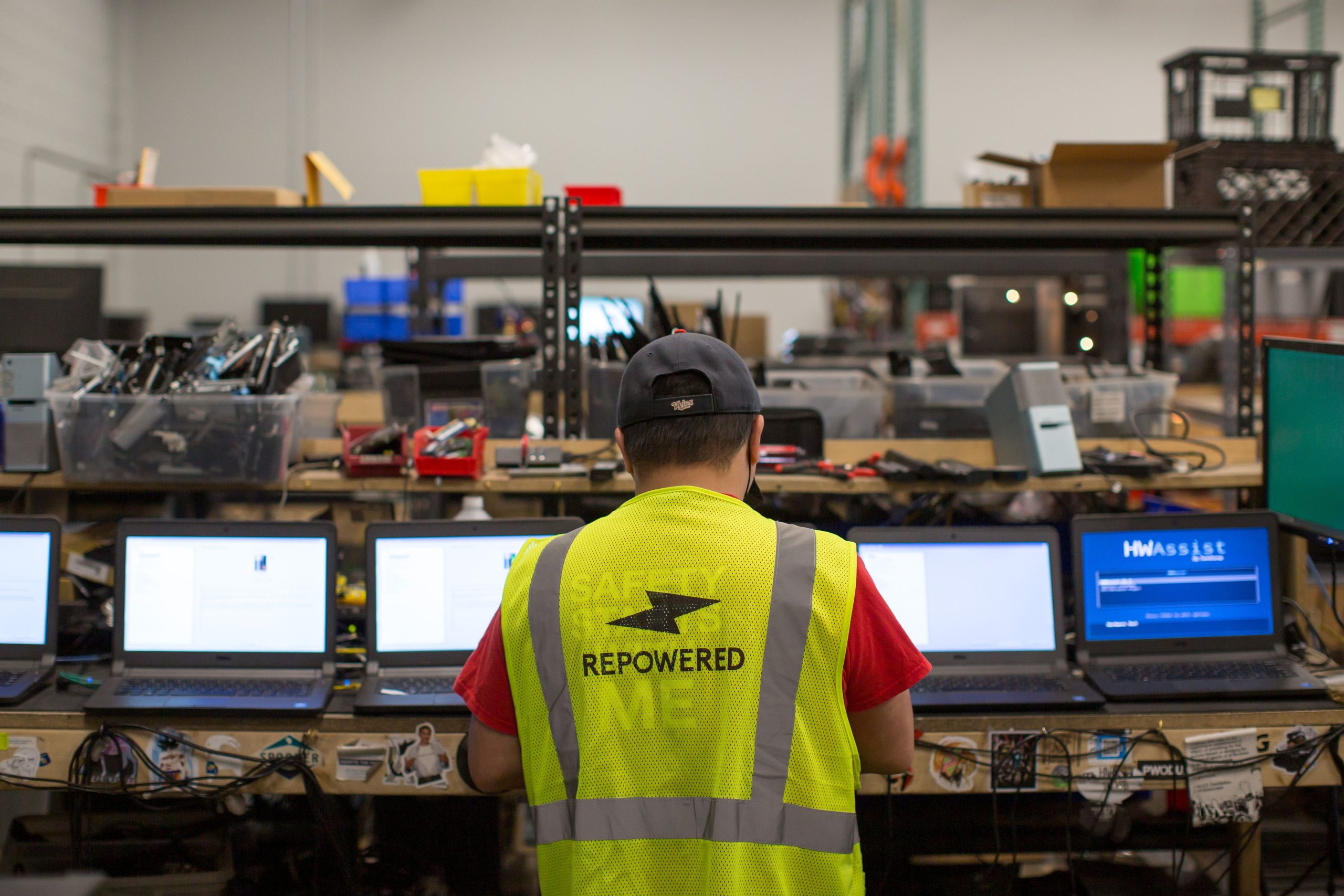
Second Chance Month: Why Fair Chances Are So Important

